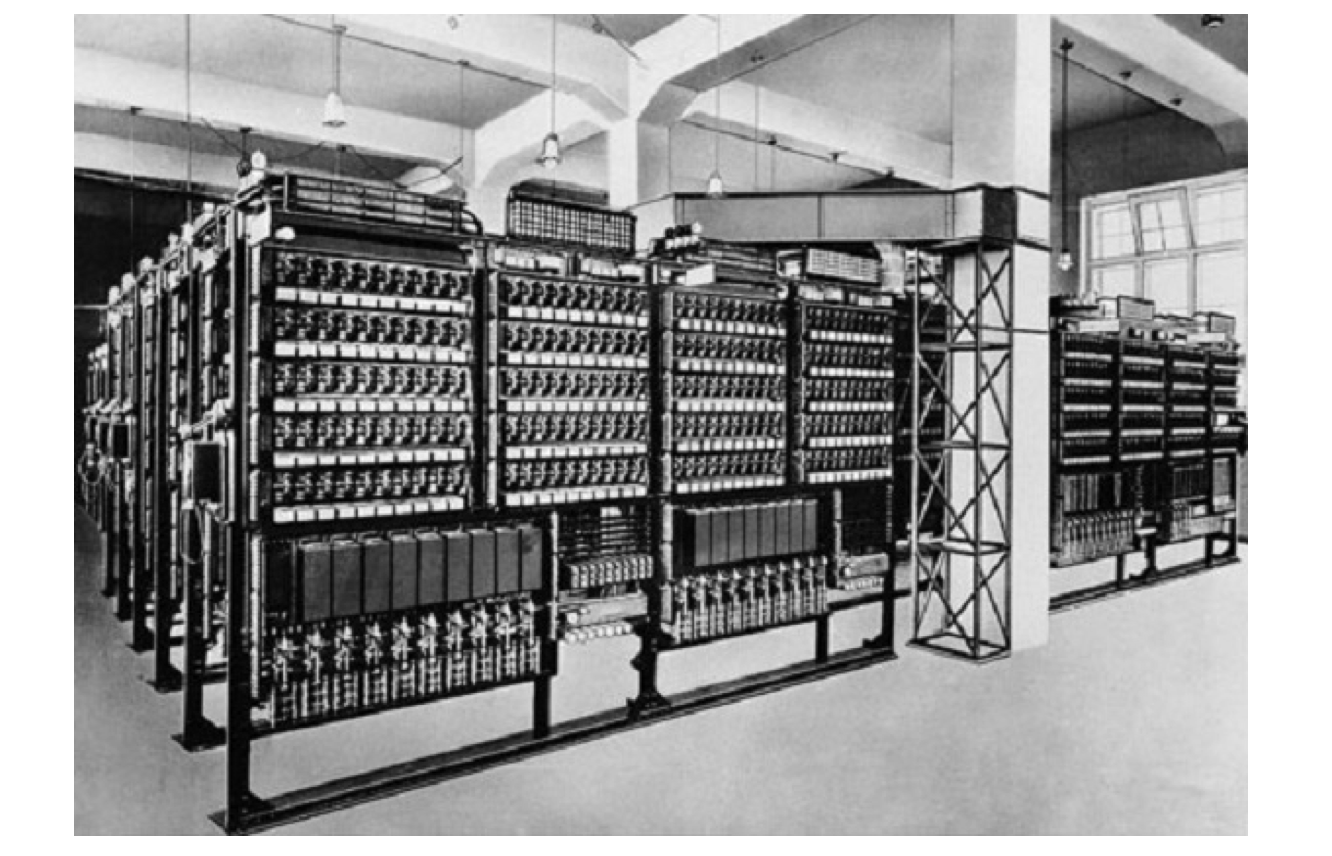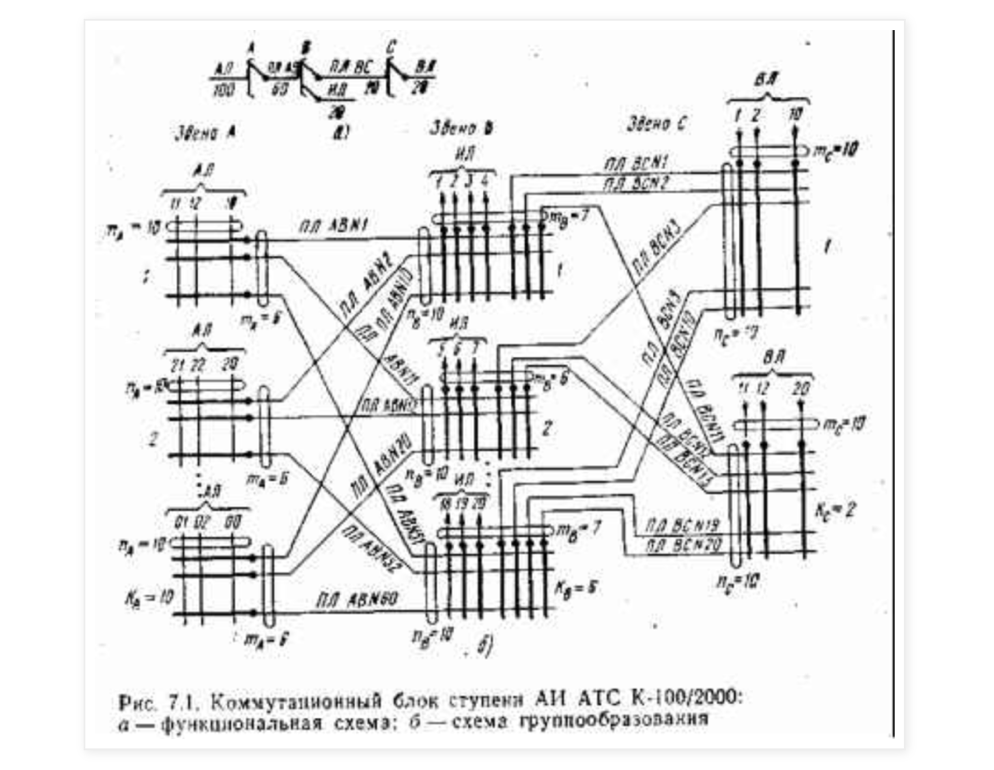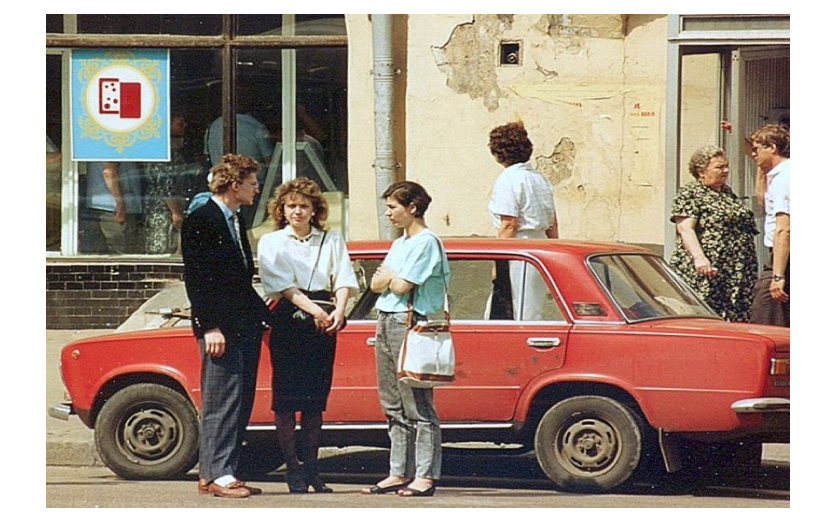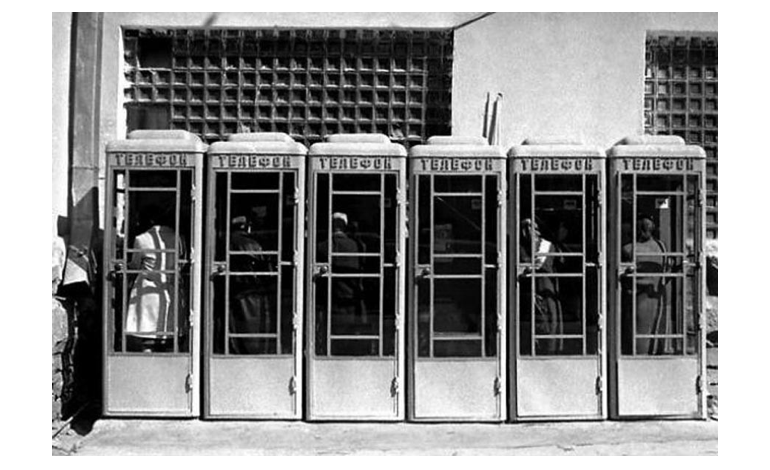Leningrad telephone broadcast: the first Soviet chat

It is believed that the appearance in 1988 of the Internet Relay Chat (IRC) protocol marked the beginning of the world chat revolution and predetermined the current domination of instant messengers. Everything is so, if you do not know that several years earlier in the USSR there existed a phenomenon that later received the name "Leningrad telephone broadcast". Behind the iron curtain in the northern capital of the Soviet state, despite the tight control from one and all, something appeared that later would be called anonymous voice chat in real time.
It seems to be a tube bike, but there are dozens of evidences of how Leningraders, dialing certain telephone numbers, began to communicate in the format of a group telephone voice chat (conference call) with complete strangers. This opportunity appeared due to the use of decade-step ATS (ATS-LH) in the USSR. It was not a specially developed opportunity, but a station error. Not a feature, but a bug so to speak. The effect of the broadcast was that if you call some unconnected numbers, you will receive not a hang up or busy tone, but a connection. Who is the connection to? With the one who also calls the same number at this time.
')

The researchers note that the first mentions of the Leningrad ether refer to 1981-82. But this phenomenon became massive by the mid-eighties of the 20th century and lasted until the mid-90s.
If you touch the technical aspects of the emergence of this phenomenon, then you can not do without strong drinks. In the late 70s, communications engineers discovered that with a certain position of the step finder of the switching unit of the decade-step PBX, several people can call a certain number at once, and they will hear each other. Further, the testimony of witnesses diverge, and the schemes and explanations seem to be mildly complicated.

Some experts argued that the bug arose due to an error in the desoldering of the ATSK and ATS-54 systems, or due to a message in the station or inter-station cables due to symmetry breaking (the coupling leaked, a different park, etc.), etc.
Another hypothesis stated that the appearance of the above-described bugs on the ATS-LH was quite predictable. In all textbooks they write that DSHI is a 10x10 decade-step finder, i.e. 3 section (a, b - colloquial sections, c - employment check) 10 decade, in each decade 10 steps. But steps 11. The 11th step, this is an emergency installation of the searcher to the signal "busy", in normal mode, it skips the 11th step, and returns to its original state. So, the 11th step is a stupid parallel line of wires a, b, on which the beeps are hung. Since the connection of all engines is parallel, the signals are weak there. In normal mode, if there are no free lines in the step field, the engine completes the search by returning to the initial state, the subscriber hears a busy signal. But if the engine, during committing switching “lifting” - “rotation”, for some reason rises to step 11, then the subscriber receives a busy signal. If several engines get on the 11th step, the subscribers connected to these engines can talk. There are many reasons. ATS-LH is generally iron-iron logic, but sometimes giving interesting failures. They said that in practice there were not such frills. Magic numbers for the air were explained by troubles in the steps of search I, II, III-GI.

If you understand what it is about or if you have your own hypothesis, please share your thoughts in the comments to the article.
As the former employees of Leningrad communication centers say, this phenomenon was an unpleasant moment for them. By and large, it was a kind of technical problem that lasted long enough.
It is believed that the illegal Soviet businessmen, the fartsovschiki, as they were then called, began to use the Leningrad ether first. They realized that this is the perfect way of conspiracy. You call from a vending machine to an incomprehensible number it is not clear to whom and you are talking anonymously with a business partner. With the growing popularity of the Leningrad ether, they had to abandon this method.

For a long time, the bug at the Leningrad communications centers went unnoticed, which made it possible for a large number of city residents to communicate on the air. At the peak of popularity, this anonymous voice chat united tens of thousands of young people. Anonymous and free communication aroused unprecedented enthusiasm among young people and a nervous tic at the management of telephone stations and KGB employees. Word of mouth is the best advertisement. Secret numbers were passed from mouth to mouth, which over time evolved into a kind of club of interests. Despite the fact that, as is known, there was no sex in the Soviet Union, many participants of the Leningrad air admitted that for them he served as a kind of chat room for dating. Listening to the voices of young people, they arranged to meet with new friends. By the way, the participants were leading with clear and loud voices, they were the ones who managed to break through the sound of voices.

"Esters" - these are people who could not exist without a phone. Since many citizens did not have their own phones in the USSR, it was inconvenient to call from work, so young people often used pay phones. This thing, as some may remember, demanded a two-kopeck coin. A lot of two-kopeck coins rang on the slot machines and there simply wasn’t enough money; we had to trade all the time. And for convenience, the “ethers” came up with a reusable coin: a hole was drilled in a two-kopeck coin, the fishing line was fastened and it became such an indispensable ruble — it rang, pulled out, rang again, and so at least a thousand times.

Thanks to the popularity of the “telephone broadcast” in Leningrad, in the mid-80s, workers in both the social and technical fields noticed the phenomenon. In the press, there were articles about the "broadcast", a documentary was shot. Komsomol workers from the sector of amateur associations at the Leningrad city committee of the Komsomol reacted favorably to the users of the “ether” and promised assistance. But for the workers of the urban telephone network, “telephone broadcast” was an extremely undesirable phenomenon: the numerous and long-lasting connections of the users of the “ether” created an excessive load on which the telephone network was not designed. As a result, ordinary telephone subscribers had problems with dialing.
Telephonists began to struggle with the "parasitic load." The identified numbers of the “ether” were blocked, but the community found new ones, and the use of the “telephone ether” continued. However, by the end of the 90s, the phenomenon gradually faded away. The main reasons for this are the gradual transition of urban PBX to new technologies, which excluded the technical possibility of a “telephone broadcast”, and changes in post-Soviet society, accompanied by the emergence of new entertainment and forms of communication.
What now, you ask? Surprisingly, a number of communities are still alive. Despite the whole zoo of all kinds of instant messengers, people are still alive who enjoy the warm tube aura of forums and chats. You can broaden your horizons and immerse yourself in the atmosphere of the Leningrad ether here and here .
Source: https://habr.com/ru/post/325392/
All Articles